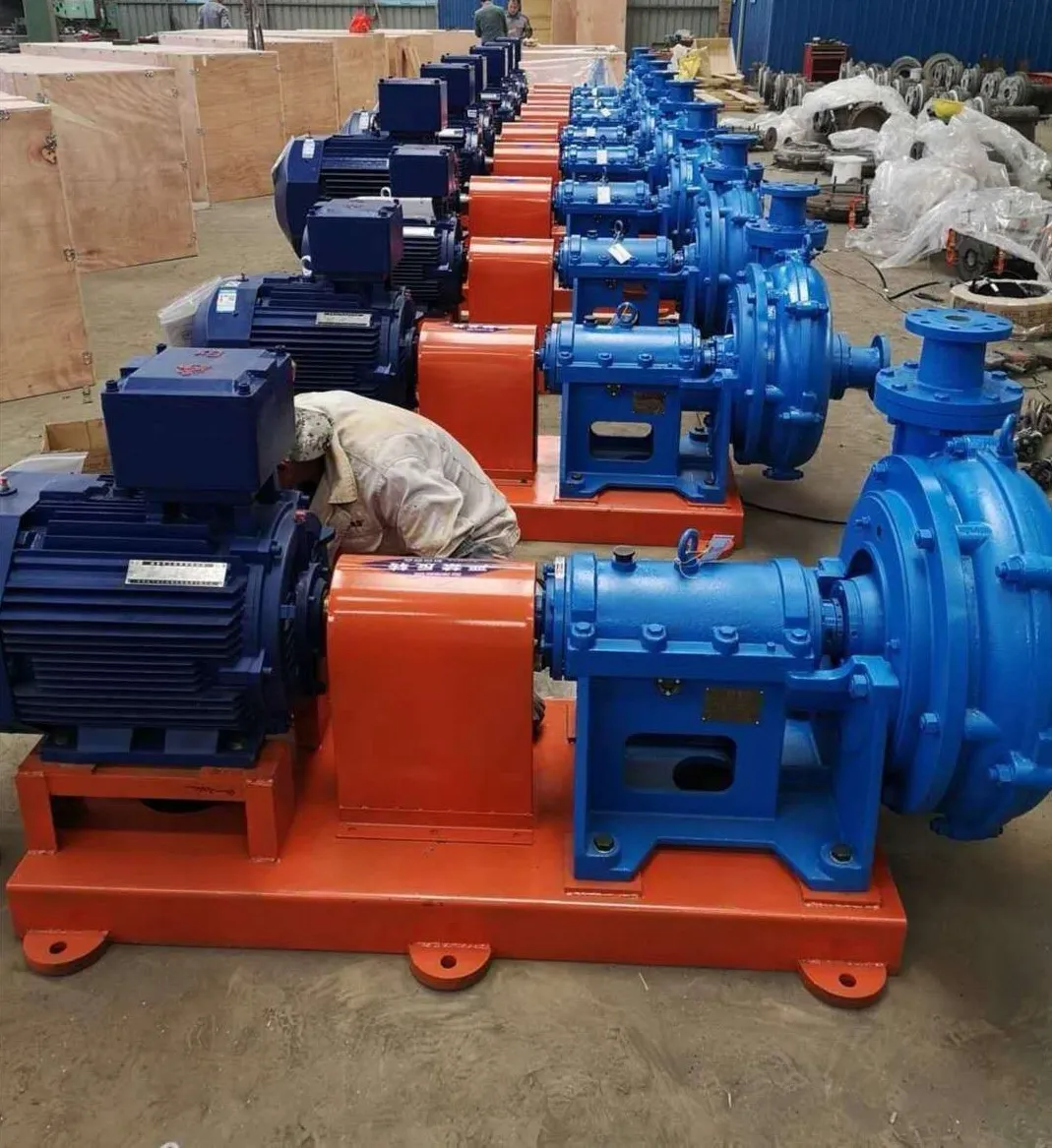English
- Afrikaans
- Albanian
- Amharic
- Arabic
- Armenian
- Azerbaijani
- Basque
- Belarusian
- Bengali
- Bosnian
- Bulgarian
- Catalan
- Cebuano
- Corsican
- Croatian
- Czech
- Danish
- Dutch
- English
- Esperanto
- Estonian
- Finnish
- French
- Frisian
- Galician
- Georgian
- German
- Greek
- Gujarati
- Haitian Creole
- hausa
- hawaiian
- Hebrew
- Hindi
- Miao
- Hungarian
- Icelandic
- igbo
- Indonesian
- irish
- Italian
- Japanese
- Javanese
- Kannada
- kazakh
- Khmer
- Rwandese
- Korean
- Kurdish
- Kyrgyz
- Lao
- Latin
- Latvian
- Lithuanian
- Luxembourgish
- Macedonian
- Malgashi
- Malay
- Malayalam
- Maltese
- Maori
- Marathi
- Mongolian
- Myanmar
- Nepali
- Norwegian
- Norwegian
- Occitan
- Pashto
- Persian
- Polish
- Portuguese
- Punjabi
- Romanian
- Russian
- Samoan
- Scottish Gaelic
- Serbian
- Sesotho
- Shona
- Sindhi
- Sinhala
- Slovak
- Slovenian
- Somali
- Spanish
- Sundanese
- Swahili
- Swedish
- Tagalog
- Tajik
- Tamil
- Tatar
- Telugu
- Thai
- Turkish
- Turkmen
- Ukrainian
- Urdu
- Uighur
- Uzbek
- Vietnamese
- Welsh
- Bantu
- Yiddish
- Yoruba
- Zulu
Telephone: +86 13120555503
Email: frank@cypump.com
Dec . 03, 2024 12:09 Back to list
septic drain field pump
Understanding the Septic Drain Field and Pump System
A septic system is an essential component for managing wastewater in areas not connected to a centralized sewage system. The effectiveness and longevity of this system largely depend on its key components, including the septic tank, drain field, and pump. Among these, the septic drain field, also known as the leach field, plays a crucial role in the treatment and dispersal of effluent. Understanding how this system works, including the significance of the pump, is vital for homeowners and those responsible for maintaining these systems.
What is a Septic Drain Field?
The septic drain field is a component of the septic system where the effluent flows after it leaves the septic tank. When wastewater exits the septic tank, it is relatively clear but still contains harmful pathogens and nutrients. The main function of the drain field is to allow this effluent to percolate through the soil, which acts as a natural filter. As the effluent moves through the soil, microorganisms break down impurities, providing natural treatment before the water returns to the groundwater system.
Typically, a drain field consists of a series of trenches filled with gravel or sand, where perforated pipes distribute the effluent evenly across the area. The design and size of the drain field depend on factors such as the soil type, the size of the household, and local regulations. Proper installation and maintenance of the drain field are essential for preventing issues such as clogged pipes or saturation, which can lead to system failure and health hazards.
The Role of the Pump
In many septic systems, especially those in low-lying areas, gravity alone cannot transport effluent from the septic tank to the drain field. This is where a septic pump comes into play. A septic pump is a vital component that helps move effluent to higher elevations, allowing it to reach the drain field effectively. The two main types of pumps used in septic systems are effluent pumps and siphon pumps.
1. Effluent Pumps These are submersible pumps designed to handle liquid and small solids. They are commonly used in systems where effluent needs to be pumped over longer distances or to raise it to a higher elevation.
2. Siphon Pumps These rely on gravity to create suction and move effluent without the need for electricity. While they can be effective, they are less common in modern systems due to their reliance on specific conditions to function correctly.
septic drain field pump

Maintenance and Care
Maintaining a septic drain field and its pump is crucial for ensuring the longevity and effectiveness of the system
. Here are some key maintenance tips- Regular Inspections Routine inspections by a professional can help identify potential issues before they become significant problems. This includes checking the condition of the pump and the drain field.
- Monitor the Drain Field Homeowners should be aware of any signs of failure, such as standing water, foul odors, or lush vegetation above the drain field, which can indicate over-saturation.
- Pump Regularly Depending on usage, septic tanks should be pumped every 3 to 5 years to prevent solids from overflowing into the drain field.
- Be Mindful of Waste Avoid flushing non-biodegradable items or chemicals that can harm the microbiome in the tank or clog the drain field.
Conclusion
Understanding the functionality of a septic drain field and the role of the pump is crucial for effective wastewater management. Proper maintenance and care can prolong the life of the septic system and prevent costly repairs. Homeowners should take proactive steps to ensure their systems operate efficiently, contributing to a cleaner environment and safeguarding public health. By prioritizing regular inspections and mindful usage, individuals contribute not only to their own home’s hygiene but also to the welfare of their community.
-
Horizontal Split Case Pump with GPT-4 Turbo | High Efficiency
NewsAug.01,2025
-
ISG Series Pipeline Pump - Chi Yuan Pumps | High Efficiency, Durable Design
NewsAug.01,2025
-
Advanced Flue Gas Desulfurization Pump with GPT-4 Turbo | Durable & Efficient
NewsJul.31,2025
-
ISG Series Vertical Pipeline Pump - Chi Yuan Pumps | Advanced Hydraulic Design&Durable Construction
NewsJul.31,2025
-
ISG Series Vertical Pipeline Pump - Chi Yuan Pumps | Energy Efficient & Low Noise
NewsJul.31,2025
-
pipeline pump - Chi Yuan Pumps Co., LTD.|High Efficiency&Low Noise
NewsJul.31,2025










